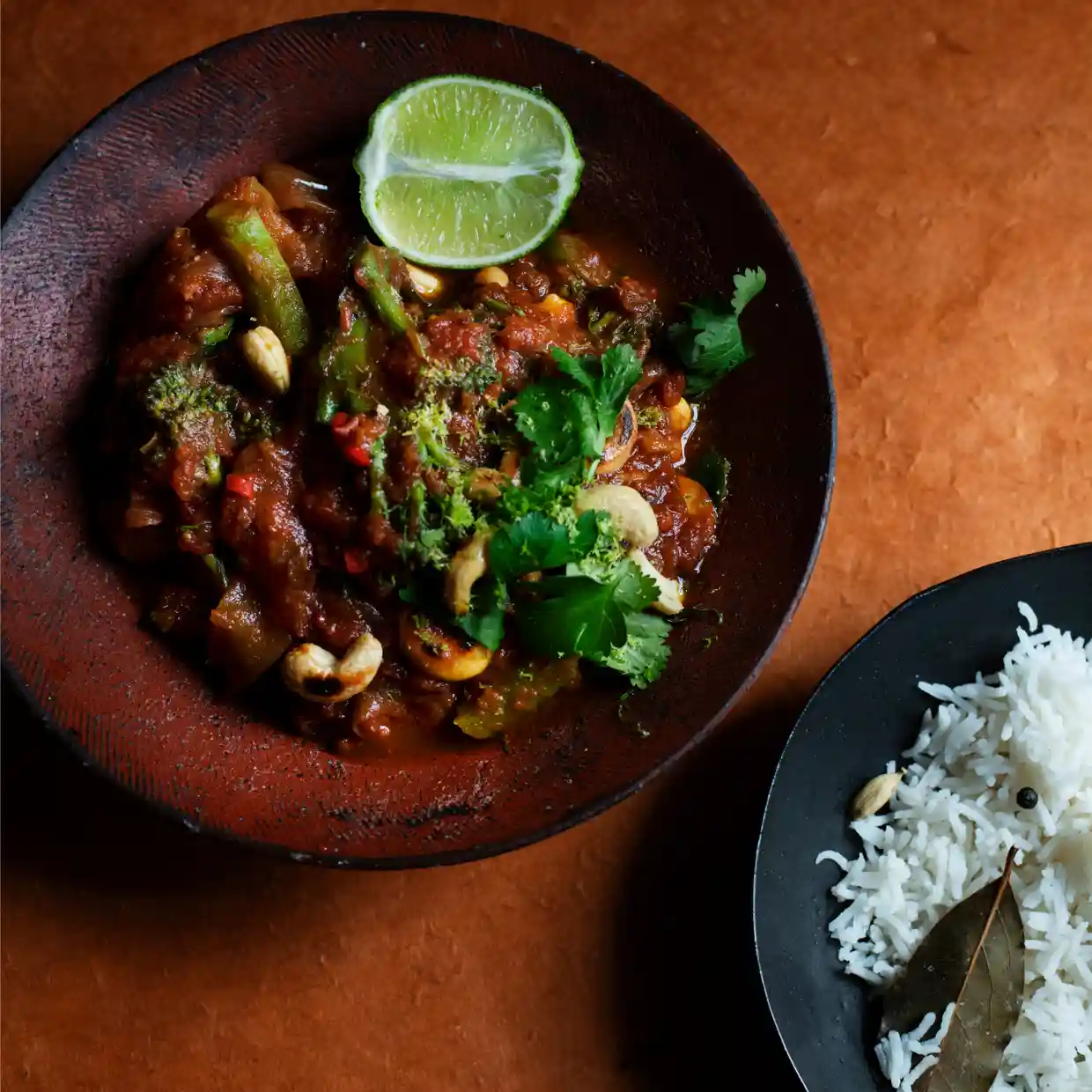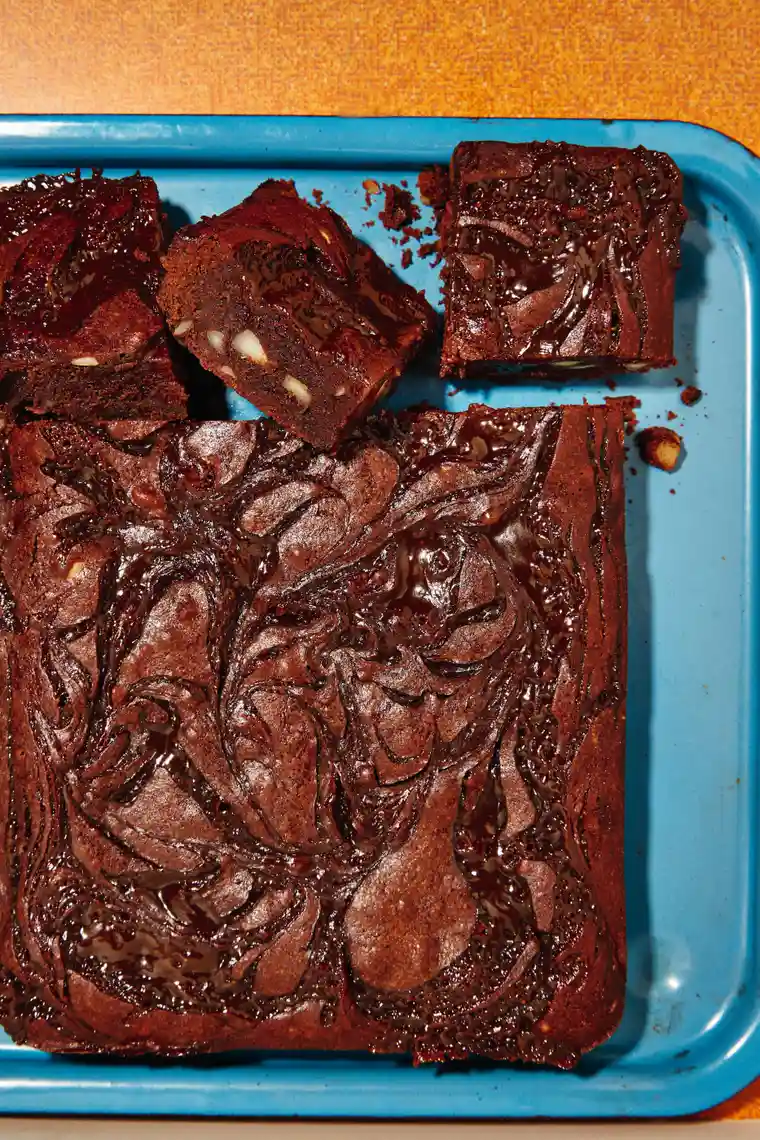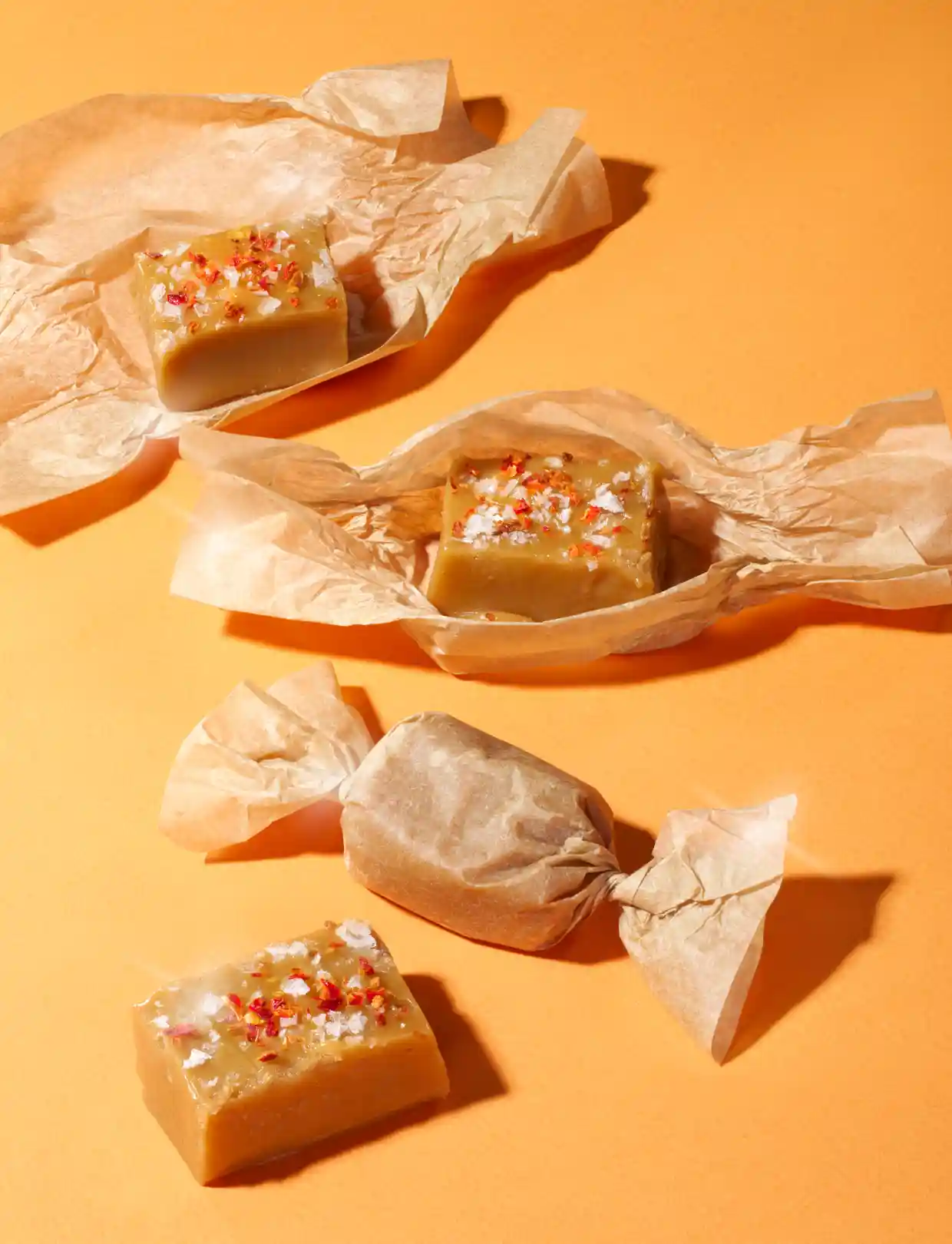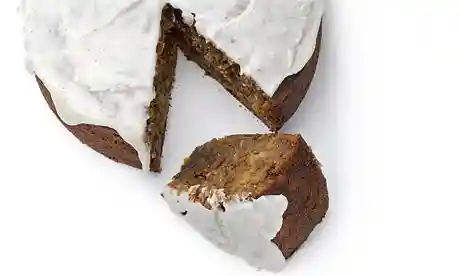Tamarind can do anything
- rosemary
- Oct 12, 2023
- 6 min read
"the optimal blend of umami and tang" Marion's Kitchen


One more thing from the Black Cake book - tamarind. Well in the book it was mostly about these apparently delectable snacks - Tamarind balls. It's hardly a recipe really although the link will take you to a site called Sweet and Sorrel and will explain it all. Basically you mix the tamarind pulp with sugar, roll it into balls and roll in more sugar - sometimes chilli too - or you can mix some chilli in with the pulp as well. According to the book and according to the sites I found that talked about them, these are a typical Caribbean snack that children love, and, of course, also love making. Although they also like eating tamarind straight from the tree:
"Just pop the shell open, suck the fruit down to the seed, spit and repeat, and repeat, and repeat." Uncommon Caribbean
And not just in the Caribbean it seems:
"There’s a village in Mauritius on the west coast called Tamarin – tamarind in French. The streets are lined with tamarind trees, and in the season people will drive there, park up and pick tamarind. We’d usually take a mixture of salt, chilli and sugar in pots, to dip tamarind in and snack away." Chaya Maya
However it's the Caribbeans and the Central Americans that fashion the pulp into sweet balls. What I find so fascinating about them is that although tamarind is used extensively around the world - particularly in Asia, it seems to be only in the Caribbean and Central America that it is made into these balls. Now how and why is that?

But let me go back a bit. Tamarind, is one of those trees, like coconut, which has a multitude of uses - not just food wise. Tamarind as a cooking ingredient is also in several different forms - and I will come to that in a moment, and is used in a multitude of ways, but the fruit is also used medicinally potent in a vast number of ways from laxatives to helping with morning sickness. It is an anti-oxidant, has large amounts of magnesium, vitamin C and other things - apologies I have forgotten them all - supposedly good for cholesterol, diabetes - honestly I can't remember the vast number of medical things it's supposed to be good for.
And that's just the fruit. The leaves are also used - a bit like herbs - in Asian cooking - particularly in the south of India and the Philippines. The wood is used for carpentry and you can also extract an oil. And a paste made from the fruit can also be used to polish metal. Now there's a thought.
They seem to have settled on Africa as its place of origin, but it now grows in every tropical part of the world, with India being the largest producer of commercial tamarind fruit. For it is a fruit, not a vegetable. In the 16th century the Spanish took it to Central America from where it made its way into the Caribbean islands and I'm guessing that the Spanish got it from the Arabs. The name comes from the Arabic which transliterated is 'tamar hindi' which means' Indian date', a name that is still used in some places. The Latin 'tamarindus', I assume, comes from the Arabic.
And yes we grow them in Australia:
"Tamarind trees have been grown in northern Australia for more than 400 years. Makassar traders planted them on the Coburg Peninsula east of Darwin. The vitamin C in tamarind alleviated the scurvy traders experienced after sailing 1500 kilometres from their home in modern Indonesia to collect dried sea cucumbers harvested by Indigenous people." The Age Good Food
Even if you don't think you have cooked with tamarind, in fact you may have, quite unwittingly, if you have added a dash of Worcestershire sauce to something, or had a dollop of HP sauce with your sausages.
Now, unless you live up north, you most probably do not have a tamarind tree in your garden, but you can buy it in various forms either from your ordinary supermarket or from an Asian supermarket, maybe even a really good market like the Queen Vic Market. It's only in places like that I'm guessing that you can get the actual pods from the tree. Well no - according to Coles online you can buy a small packet of actual pods - 454g for $9.00. Not cheap.

Inside those pods is the fleshy pulp, which has strings of fibre around it, and seeds within. The trick is to remove the fibre and the seeds:
"I have watched tamarind pulp being extracted from its giant brown pods, pushed through huge sieves in the markets in Kerala and Thailand till only the fat, shiny seeds are left behind. The glossy brown pulp that falls into the pot below is tart and fruity and will send dazzling sour notes through your curry. I have done the same, in a much, much smaller quantity in the kitchen at home and have decided it is easier to buy it ready-prepared, in a jar." Nigel Slater
If you want to have a go however, in Asian shops you can buy blocks of the pulp which include the seeds, and you can make your own pulp by soaking in hot water, and then pushing it through a sieve. The less water, the thicker the pulp I guess.
But yes you can buy the pulp although Chaya Maya - one of the OTK team says:
"Look for brown pulp – I don’t like the concentrates that are black, they taste murky." Chaya Maya
Tamarind paste - the stuff you can indeed buy in the supermarket in jars is, I think, diluted tamarind pulp and may also include sugar and/or other things and is no good for making tamarind balls, but very good for all sorts of other things. As always with anything in a jar, choose the one with the fewest list of ingredients.
"Shop-bought pastes vary greatly in concentration of flavour and are generally sharper and more intense than paste you make yourself, so add it gradually, until you get a level of acidity you like." Yotam Ottolenghi
There are of course thousands of recipes that include tamarind out there - curries galore:

"the underrated ingredient that gives everyone’s fave takeaway treat – pad thai – its signature funky flavour." Marion's Kitchen
However it can be used in all sorts of different ways, because:
"Tamarind has a very distinct sour, citrusy and slightly caramel flavour that makes it perfect for cooking both savoury AND sweet dishes." Marion's Kitchen
"tamarind, salt, sugar and chilli are good friends, and it is a great complement to anything fatty" Chaya Maya
So I had a look for things that were slightly unexpected. Unsurprisingly Ottolenghi had lots - it's one of his favourite ingredients - The Guardian had one article headed Ottolenghi tamarind recipes which included three, but I also chose: Sticky rice balls in tamarind rasam broth - a vegetarin dish worth trying sometime I think and Tamarind rice with channa dal and aromatic oil. Nigel Slater is also a fan and had several recipes, but I chose just one - Broccoli and potato with tamarind and ginger
Let's not forget that tamarind also has a touch of sweetness however, so here are three 'sweet' and gorgeous looking things: Tamarind caramel brownies from Lara Lee; Smoky tamarind salted caramels from Thomasina Miers and Tamarind date cake from Dan Lepard - almost a black cake that one. It's even got icing and it refers to tamarind's original name of Indian date.

Because this whole thing started with the Caribbean I actually looked to see if Ainsley Harriot had much to offer, and he did have a couple of things, but they were not that interesting, just an ingredient in marinades really.
But I can't finish without mentioning the one final tamarind thing mentioned in Black Cake - tamarind juice, which as far as I can see is much diluted tamarind paste, with some sugar and maybe angostura bitters and/or rum. I'm sure there are endless variations on this that morph into hundreds of different cocktails as well. I'm guessing it's one of those drinks that you just have to try to know whether it looks good or not, because frankly it doesn't look that tempting.
As to the world of the food curriculum - so many areas of study to pursue here - medicine, agriculture, history that spans hundreds of years from ancient Arab traders, through Rome, conquistadors, slavery and modern day immigration, industrial food processing, geography, climate ...
A tree that linked the Caribbean slaves to their African roots at the very least.










Comentarios